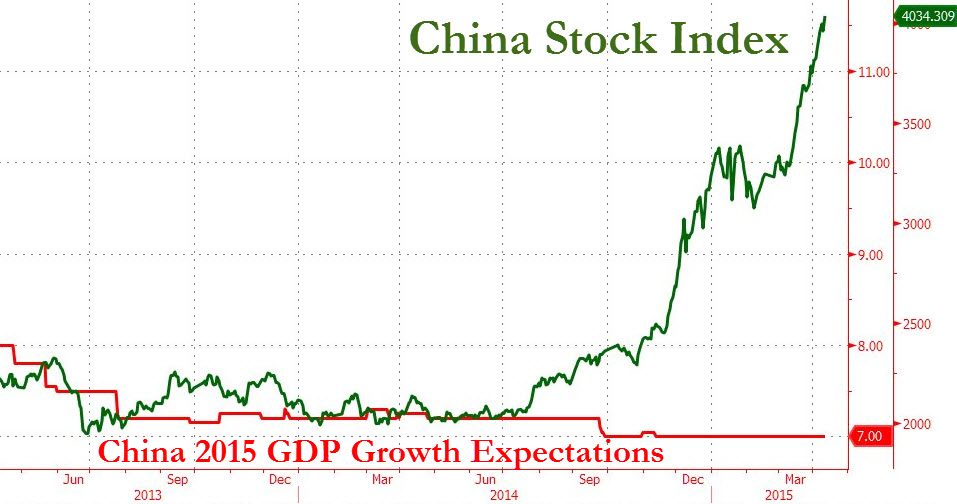McDonald’s Corporation (MCD), the global fast-food chain, recently announced the highly anticipated $5 Meal Deal, set to roll out on June 25 for a limited period at participating restaurants in the U.S. This strategic move comes as part of McDonald’s strategy to enhance affordability and attract customers amid ongoing macroeconomic pressures.
In recent years, McDonald’s has faced criticism as prices surged, resulting in less revenue from lower-income consumers and reduced foot traffic in its stores.
Understanding the $5 Meal Deal
The $5 Meal Deal includes your choice of a McDouble or McChicken sandwich, 4-piece Chicken McNuggets, small fries, and a small soft drink. This offering aims to provide consumers with a substantial meal at a competitive price point, echoing MCD’s commitment to delivering value to its customer base.
The company is extending enticing offers through the McDonald’s App, including a promotion where customers can receive free medium fries with a $1 minimum purchase for “Free Fries Friday,” available nationwide until the year’s end.
Additionally, franchisees in communities are celebrating summer by offering local special deals. For instance, in Memphis, Tennessee, customers can take advantage of a Buy One Get One for $1 deal on breakfast sandwiches and steals on lunch and dinner fan favorites such as a Double Cheeseburger & small fries pairing for $3.50 in Columbus, Ohio. In Western New York, MCD offers a mix-and-match McChicken and McDouble deal for just $3.99.
“Affordable prices and creating memorable moments are what McDonald’s is all about,” stated John Palmaccio, McDonald’s Owner/Operator and Operator’s National Advertising (OPNAD) Fund Chair. “As small business owners, it’s our responsibility to deliver great value to our local communities when they need it most. The $5 Meal Deal is the perfect complement to the everyday local deals customers can find in store and on the app, like the 25 percent off any purchase of $10 or more deal that I’m offering at my restaurants in Savannah, Georgia.”
McDonald’s Enhanced Focus on Affordability
During an earnings call in late April, MCD’s CEO Chris Kempczinski emphasized the company’s commitment to affordability in 2024, responding to customer concerns over recent price increases. According to a report by the New York Post in July, a McDonald’s located at a Connecticut rest stop was pricing a Big Mac combo meal at $18.
“Consumers continue to be even more discriminating with every dollar that they spend as they face elevated prices in their day-to-day spending, which is putting pressure on the industry,” said Chris Kempczinski. “It’s imperative that we continue to keep affordability at the forefront for our customers.”
Moreover, McDonald’s chief financial officer (CFO) Ian Borden said at an investor conference that lower-income customers have been cutting back spending on fast food and other types of restaurants. Borden hinted at concerns about inflation and possibly depleted pandemic savings, which resulted in customers choosing to eat out less often.
MCD reported mixed first-quarter results as profits were hurt by the effects of inflation on consumers and continued boycotts in the Middle East. For the quarter that ended March 31, 2024, McDonald’s reported revenues of $6.17 billion, slightly beating analysts’ estimates by 0.01{3da602ca2e5ba97d747a870ebcce8c95d74f6ad8c291505a4dfd45401c18df38}. That compared to $5.90 billion in the prior year’s quarter.
The company’s global comparable sales increased 1.9{3da602ca2e5ba97d747a870ebcce8c95d74f6ad8c291505a4dfd45401c18df38} in the quarter and reported U.S. comparable sales growth of 2.5{3da602ca2e5ba97d747a870ebcce8c95d74f6ad8c291505a4dfd45401c18df38}. The fast-food chain said the average check rose thanks to higher menu prices; however, it has also scared away some low-income customers.
Demand in McDonald’s International Developmental Licensed Markets was even weaker. The segment, which includes restaurants in the Middle East affected by the Israel-Hamas war and related boycotts, decreased comparable sales by 0.2{3da602ca2e5ba97d747a870ebcce8c95d74f6ad8c291505a4dfd45401c18df38} during the quarter.
Furthermore, the fast-food chain giant posted a first-quarter non-GAAP net income of $1.96 billion, or $2.70 per share, up 1.1{3da602ca2e5ba97d747a870ebcce8c95d74f6ad8c291505a4dfd45401c18df38} and 2.7{3da602ca2e5ba97d747a870ebcce8c95d74f6ad8c291505a4dfd45401c18df38} year-over-year, respectively. However, McDonald’s non-GAAP earnings per share missed the consensus estimate of $2.73.
Historical Impact of Value Meal Promotions on McDonald’s Revenue and Stock Price
Historically, MCD’s promotional strategies, particularly those centered around value meal deals, positively impacted its revenue and stock performance. One notable example is McDonald’s “Dollar Menu,” which has been a recurring promotion aimed at offering affordable meal options to customers. Introduced in various forms over the years, including the current “$1 $2 $3 Dollar Menu,” these deals typically feature a selection of items priced attractively at $1, $2, or $3, such as sandwiches, sides, and beverages.
In the past, McDonald’s saw a significant uptick in customer visits and transaction sizes when value menus were heavily promoted. The attraction of affordable pricing has historically driven increased foot traffic and stimulated incremental purchases beyond the promoted items. This phenomenon underscores the effectiveness of value-driven promotions in boosting MCD’s sales volume and overall revenue.
Moreover, the company’s ability to sustain profitability during value-driven promotions is supported by its operational efficiencies and scale advantages, allowing it to maintain attractive margins despite lower price points. Simultaneously, McDonald’s stock experienced periods of growth attributed to enhanced consumer appeal and increased market share within the fast-food industry.
Bottom Line
During the first quarter, MCD slightly beat analyst expectations for revenue. However, the company’s earnings missed estimates as its results were hurt by the impact of elevated inflation on consumers and boycotts in the Middle East. As a result, CEO Chris Kempczinski said in a late April quarterly earnings call that McDonald’s has to be “laser-focused on affordability.”
The fast-food chain giant has since promised lower prices and expressed interest in winning over inflation-weary customers. As McDonald’s is exploring more avenues to win customers back, it recently announced the $5 Meal Deal, available starting June 25 for a limited time at participating restaurants nationwide. This move is a response to a decline in low-income customer traffic and a broader industry shift toward more value-focused offerings.
Historically, McDonald’s promotions like the “Dollar Menu” and “$1 $2 $3 Dollar Menu” illustrate their potential to impact revenue and stock performance significantly. By attracting more customers through value offerings, McDonald’s increases short-term sales and strengthens its market position and investor appeal over the long term.
Therefore, McDonald’s $5 Meal Deal represents a pivotal initiative to capitalize on consumer demand for value-driven meal options. While the immediate financial impact will depend on execution and consumer response, historical data suggests a potential positive impact on revenue and stock performance. Investors and market analysts will likely closely monitor the rollout and consumer reception, anticipating insights into MCD’s resilience and strategic agility in navigating current economic challenges.



